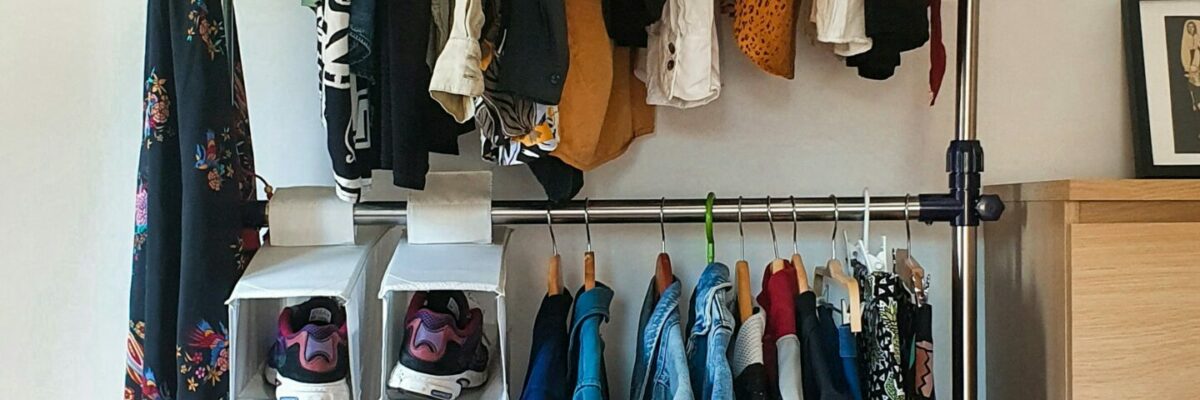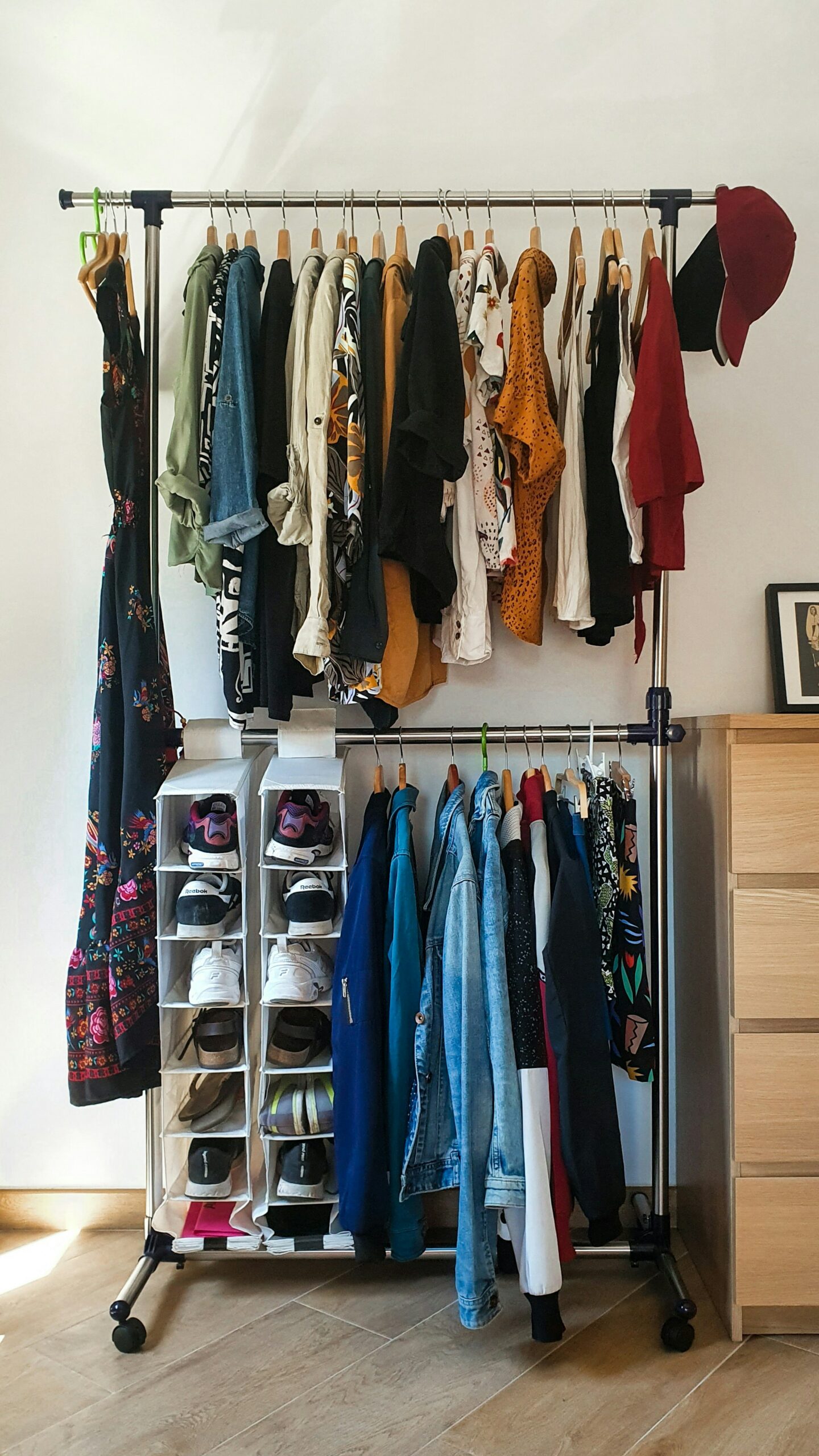

Fashion maze - Fast fashion, ultra-fast fashion, slow fashion - which term means what?
Fast fashion is a buzzword that we hear all the time, ultra-fast fashion is less common, and slow fashion is not so well understood. But let's start at the beginning. In the 19th century, there was no such thing as mass production, people wore individually tailored clothes designed for individuals and considered them a value. Then, with the advent of Singer's sewing machine, and the masses of women sewing at home, the fashion industry took off. People no longer went to the fashion salons to shop, but to gather ideas, and from the fabrics, a home seamstress would make the new dream dress for a fraction of the original price. Later, the weaving, preparation and tailoring of fabrics were mechanised, enabling the mass production of garments. This was during the industrial revolution. In fact, eternal pieces were made, with simplicity, comfort and wearability in mind for designers and seamstresses. Collections were presented once or twice a year. There were no longer such great differences between the different social classes. Here we can only talk about fashion.
Let's jump back in time to 1980. This is when the concept of fast fashion first appeared in America. Zara, with its Spanish roots, made it really popular. It set the fashion machine on a completely new footing. The focus was on mass production, and they no longer produced just a few items, but had regular collection changes. In fact, it did not just sell its products in one country, but also expanded steadily internationally. The design and production of products was accelerated and the development of logistics could begin. As fashion accelerated, the quality of the products became lower and lower, and the collections changed more and more quickly. This fashion business practice clearly specialised in the production of cheap products, which in effect copied the collections of the haute couture fashion houses and made them available to a wide range of consumers. Hence the term 'getting clothes off the catwalks and into the shops as quickly as possible'. The principle of production is linear, raw materials are purchased, used and discarded. It is the same from the consumer's point of view. Buy, use, throw away. It is no accident that it has contributed significantly to the development of a throwaway culture. In the 2010s, major brands such as H&M Group, Inditex - whose flagship is Zara - were releasing 12-14 collections a year. In the 2020s, we will be living in the era of micro-collections, with new products arriving every 2-5 weeks in stores around the world.
Ultra-fast fashion is a further acceleration of fast fashion. There are no physical shops anymore, just webshops run by the brand or fashion company/group. For example, Shein and Temu. Hundreds or even thousands of products are put on the virtual shelves of the webshop every day. Not a typo... hundreds or even thousands of new and different products every day. There is no physical shop because a limited quantity is produced. When it runs out, the product is discontinued, there will be no re-production. This ensures that there is always something new and encourages consumers to buy, because if it is available today, it may not be available tomorrow. Webshops have several warehouses and a very complex logistics network behind the delivery. The environmental impact of a parcel ordered from the Far East does not need to be detailed. Especially as we are talking about tens or even hundreds of millions of individual orders in a year. Not to mention the quality of the products. In order to keep prices low, they typically use low-quality raw materials, low-paid, vulnerable workers who work long hours on a daily basis. For them, there is no other job or breakout point. A year ago, the media was full of messages of help on labels, but these voices have also died down without any consequence.
Slow fashion's guidelines point to a slowdown. The pursuit of quality and durability has started to be emphasised again in the last few years. Consumers of fashion products are no longer chasing constant change, but rather looking for everlasting pieces, products that can be worn for more than a year. Simple, easy-to-wear products that can be combined with each other are back in their heyday, as this is the basis of the capsule wardrobe. A capsule wardrobe is a carefully selected collection of 30-60 items per season, which can be perfectly combined and varied to create a set for every occasion. But slow fashion is not just a way of dressing or a capsule wardrobe. Rather, it is a conscious consumer behaviour, which can manifest itself in durable use, shopping in second-hand shops, participating in clothing exchange schemes, and inheritance. If we use a product until the end of its life cycle, or if we do not throw it in the trash but resell it or donate to charity , or if we buy second-hand clothes and fashion products in good condition from others, we have already done a lot for a more sustainable fashion industry.


Finanziato dall'Unione europea. Le opinioni espresse appartengono, tuttavia, al solo o ai soli autori e non riflettono necessariamente le opinioni dell'Unione europea o dell’Agenzia esecutiva europea per l’istruzione e la cultura (EACEA). Né l'Unione europea né l'EACEA possono esserne ritenute responsabili.
